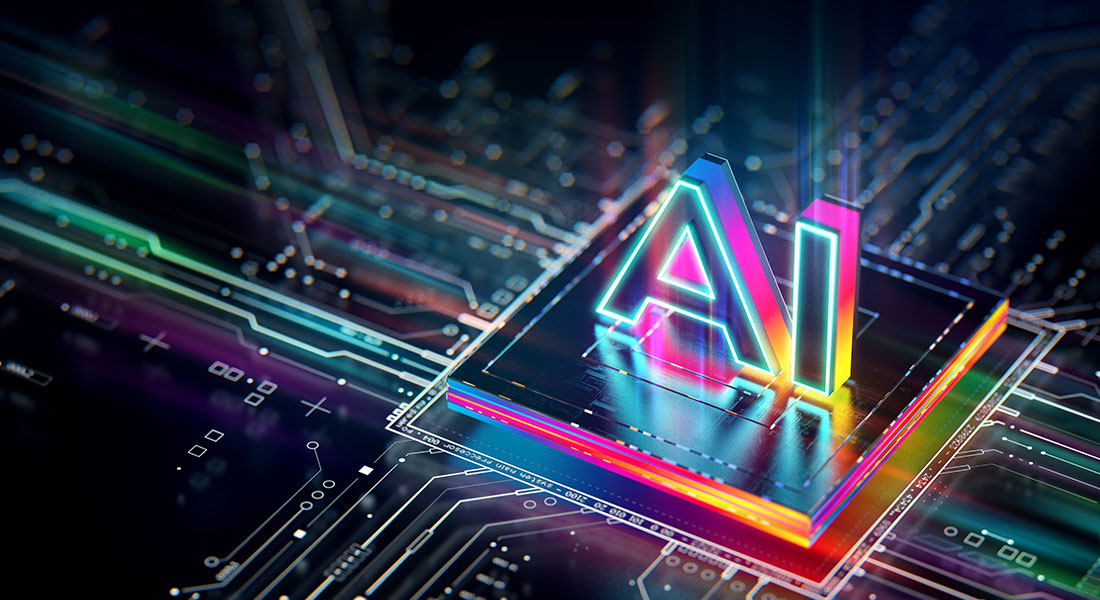Why Technical Training Needs a Reboot with AI for Sales & Service Staff

Traditional technical training is under pressure—from business units demanding faster readiness, from learners expecting real-world utility, and from the sheer pace of change in products and technologies. Nowhere is this tension felt more acutely than in sales and service teams. These professionals need to absorb complex information quickly, apply it in live scenarios, and deliver outcomes that matter—like closing a deal or fixing a machine.
But the way most technical training is built simply doesn’t match these realities.
We’re still stuck with linear, time-consuming training cycles: long development timelines, text-heavy courses, limited personalization, and very little follow-up. These approaches are slow to launch, hard to scale, and easy to forget.
That’s why it’s time for a reboot.
Table Of Content
- The Cracks in the Old Model
- Enter AI-Powered Technical Training
- Why Sales & Service Teams Need This Now
- The New Roles of SMEs and Instructional Designers
- Building a Performance-Based Learning Ecosystem
- Real-World Snapshot: A Reboot in Action
The Cracks in the Old Model
Let’s break down where the traditional training model falls short:
1. Long Development Timelines
Building a course takes months, by which time the product has evolved.
2. One-Size-Fits-All Delivery
Everyone gets the same training regardless of role, territory, or context.
3. Minimal Application Design
Learners sit through lectures or click through slides with little connection to their actual work.
4. Lack of Reinforcement
Once the course ends, so does the learning. No follow-up means no retention.
Sales and service teams can’t afford this. They need high-impact training that launches quickly, sticks deeply, and evolves constantly.
51% of workers are seeking AI training, with 27% of older IT professionals using AI daily, underscoring the need for continuous technical upskilling across age groups.
Source: Forbes
Enter AI-Powered Technical Training
Artificial Intelligence isn’t just about automation— it’s about acceleration. When applied to technical training, AI helps:
- Extract knowledge from SMEs faster
- Generate first-draft scripts, scenarios, and assessments
- Produce videos, graphics, and job aids at scale
- Personalize learning paths based on role or performance
- Reinforce key knowledge through nudges and simulations

Why Sales & Service Teams Need This Now
Why AI-Powered Technical Training is Essential for Sales & Service Teams
- Designed for mobile: Accessible anytime, anywhere.
- Modular and focused: Bite-sized lessons for efficient learning.
- Scenario-based: Real-world examples to build practical skills.
- On-demand access: Learn at your own pace whenever you need it.
These teams are:
- On the move: They don’t have time for 45-minute modules
- Performance-driven: They only value what helps them succeed
- Diverse: Multiple roles, languages, skill levels
- Customer-facing: Mistakes have real consequences
Training must be:
- Mobile-first
- Modular and concise
- Scenario-based
- Available on demand
With AI, you can build and deliver this kind of training in weeks—not months.
The New Roles of SMEs and Instructional Designers

Subject Matter Experts
SMEs no longer have to write lengthy content or review endless drafts. Instead, they:
- Participate in structured knowledge capture sessions (recorded)
- Review prototypes generated by AI tools (e.g., video scripts, flow diagrams)
- Validate accuracy at key checkpoints
SME time is respected—and used where it counts most.
Instructional Designers
IDs shift from content creators to experience architects. They:
- Use AI to accelerate script and asset generation
- Design learning flows based on job tasks
- Build reinforcement plans using spaced repetition tools
- Analyze learning data to optimize content post-launch
IDs become curators, strategists, and enablers of impact.
Building a Performance-Based Learning Ecosystem
An AI-powered training approach enables you to build an ecosystem, not just a set of courses.
This includes:
- Microlearning modules for product updates
- Simulations for decision-making in the field
- Just-in-time job aids accessible on mobile
- Reinforcement tools like Qstream or MaxLearn
- Multilingual video content produced via Synthesia or Vyond
Each component supports performance in real work, not theoretical learning in a silo.
Real-World Snapshot: A Reboot in Action
A medical device company needed to train 800 field service engineers and technical sales reps on a new diagnostic platform. Previously, they’d spend 3 months developing a 2-hour ILT session.
This time, they:
- Used ChatGPT to draft scripts based on SME interviews
- Created animated walkthroughs and avatar videos in Synthesia
- Translated materials into 5 languages in a week using Smartcat
- Reinforced learning through mobile-based spaced quizzes
The result?
- Time to launch: 3 weeks
- Completion rate: 93% in 10 days
- Application score (via manager feedback): 4.6/5
Final Thought
If you’re still building technical training the old way, you’re not just slow—you’re behind. Sales and service teams deserve better. They need training that respects their time, adapts to their context, and helps them perform. With AI and a lean design mindset, you can build that training—faster, leaner, and with real business impact.
It’s time to reboot. Traditional technical training is under pressure—from business units, learners, and the pace of change. For sales and service staff in particular, who need to master complex products and deliver results in real-time, training must be fast, relevant, and job-ready. Yet many programs are still built the old way: slowly, linearly, and with little connection to actual field performance.







